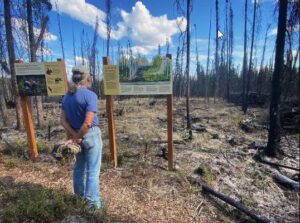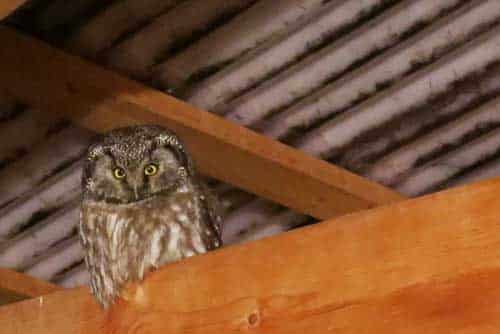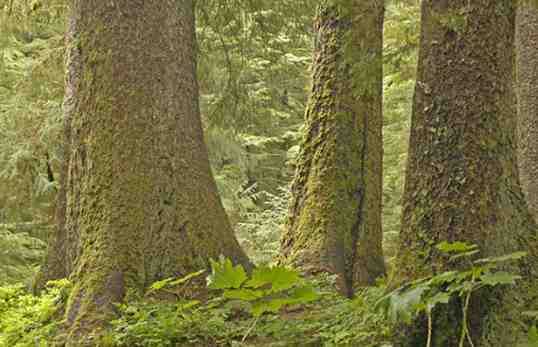
The University of Alaska Fairbanks will celebrate a new interpretive trail July 11 at the 2021 Yankovich Road Fire site, where 3.5 acres burned within 100 yards of a neighborhood.
The Wildfire Walk educates visitors about the fire site through nine interpretive signs describing the relationship between wildfire and the boreal forest, fire science and climate change, and wildfire prevention.
The opening will be held from 3-5 p.m. at the Wildfire Walk trailhead, located at the Large Animal Research Station parking lot at 2220 Yankovich Road.
The event is hosted by the UAF Alaska Fire Science Consortium, which partnered with the U.S. Bureau of Land Management’s Alaska Fire Service and others to create the walk.
During the event, visitors can attend guided tours at 3:15 and 4:15 p.m. to learn about the fire site and hear how university scientists and wildfire managers work together to improve wildfire response and preparedness in Alaska. Spruce the Moose, the Alaska Division of Forestry and Fire Protection’s mascot, will share how people can reduce human-caused wildfires in the wildland-urban interface. Several UAF programs that partnered on the project, as well as wildfire educators, will be on hand to showcase resources for teachers and other learners.
The Wildfire Walk is a mile and takes approximately 40 minutes to complete. The dirt trail is open to foot traffic in the non-ski season only. Visitors should be prepared for wet conditions in May and mosquitos in June, July and August.
The Alaska Fire Science Consortium and Alaska Fire Service designed the trail in collaboration with more than a dozen scientific and management organizations. Fairbanks artist Klara Maisch illustrated several of the signs, bringing to life the boreal forest landscape and the post-fire changes managers and scientists expect to see. Local residents also shared stories about what it was like to have a fire so close to home.
The interpretive trail idea arose after multiple groups requested field trips to the fire site.
“It’s amazing to have a trail like this right in the neighborhood where we can think about climate, fire science and the impact of fires on the boreal forest so close by,” said Bonni Brooks, an instructor at The Folk School who joined a tour of the fire site last month. “Many of us in the community remember the Yankovich Road Fire vividly, but others do not. It’s important to our community to have a place where we can go to think about how closely this event affected us and our neighbors and how that might play out with future fires.”
Beyond the unique educational opportunity that the Yankovich Road Fire provided, its proximity to UAF allows for close study of how the boreal forest changes after a fire. Managers and scientists return regularly to the fire site to measure and track how the vegetation and permafrost are changing.
Other Wildfire Walk partners include the UAF International Arctic Research Center; National Science Foundation Alaska Established Program to Stimulate Competitive Research Boreal Fires Team; Alaska Department of Fish and Game; Alaska Wildland Fire Coordinating Group; University Fire Department; UAF Nanook Wildland Fire Crew; UAF Institute of Agriculture, Natural Resources and Extension; UAF Alaska Center for Climate Assessment and Policy; UAF North Campus; In a Time of Change; and Alaska Voices.
The Wildfire Walk was funded by the federal Joint Fire Science Program, National Science Foundation, U.S. Department of Agriculture National Institute of Food and Agriculture and the State of Alaska.
Learn more at tinyurl.com/WildfireWalk.
[content id=”79272″]








